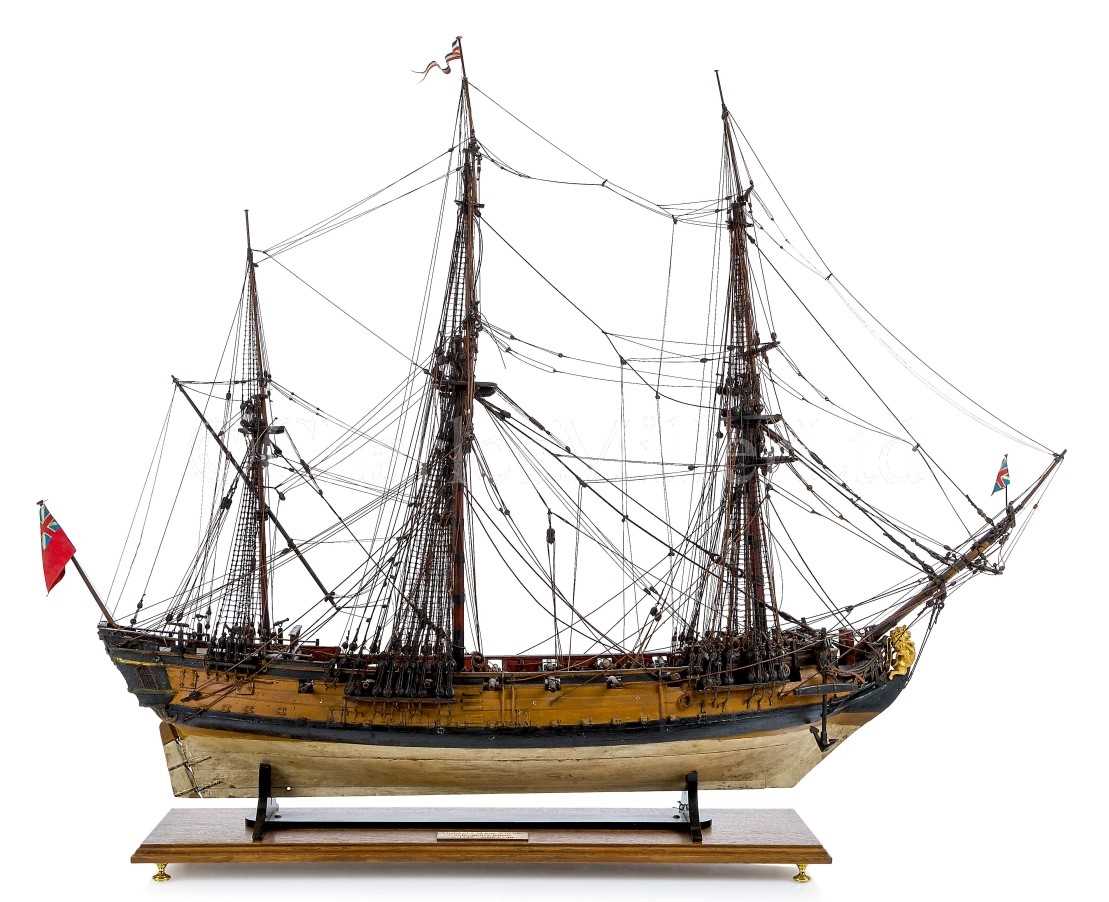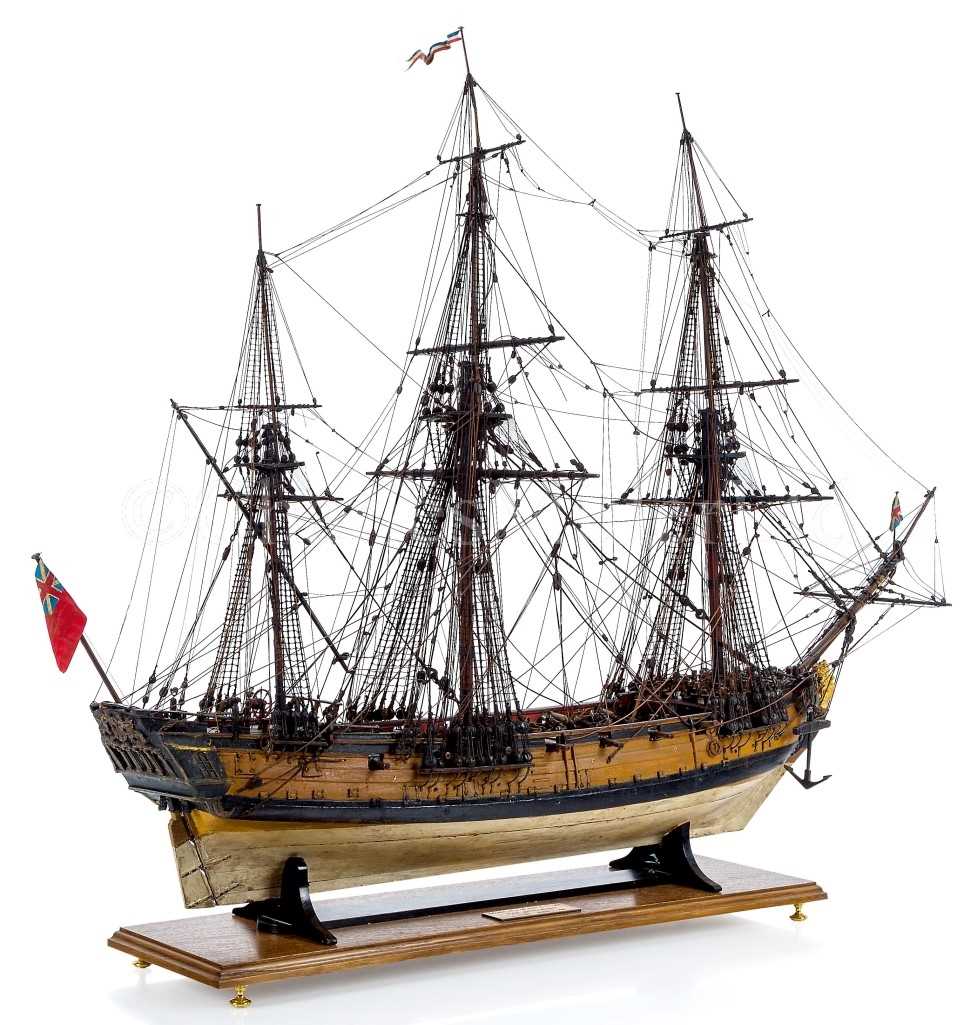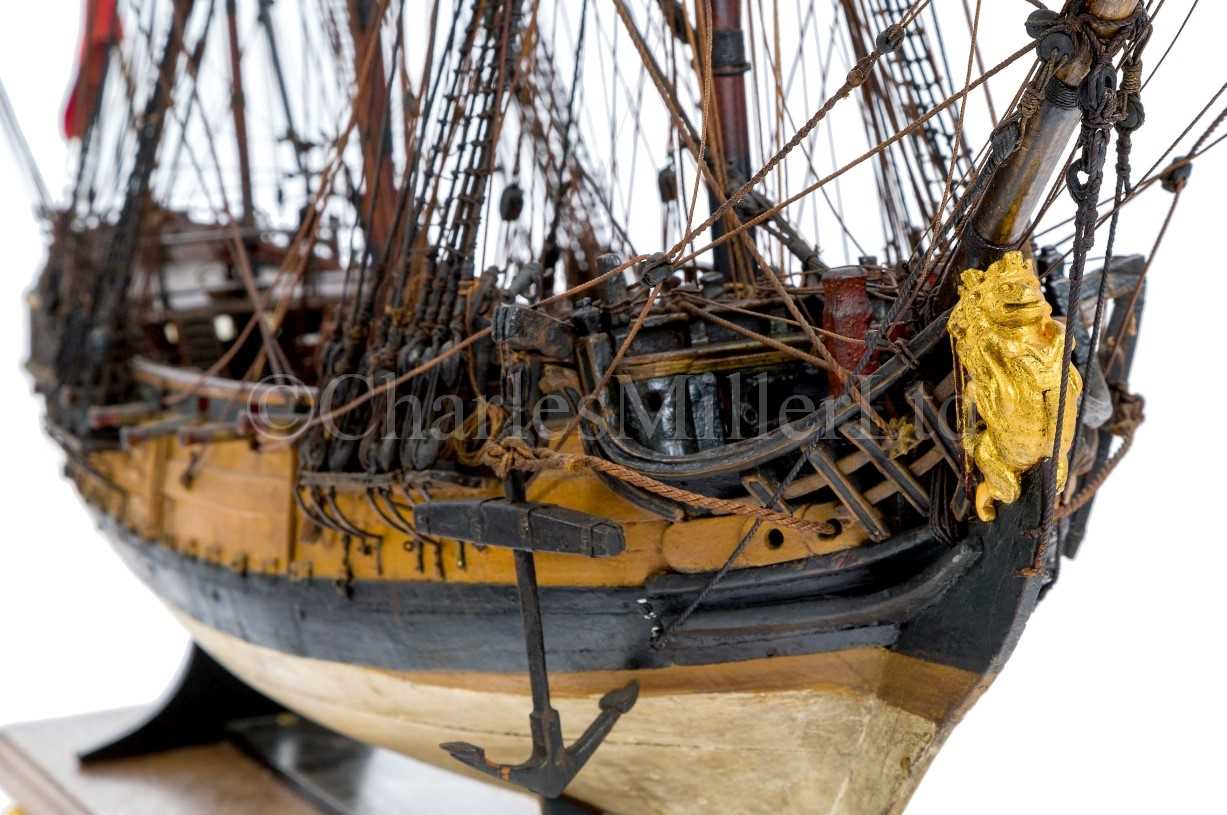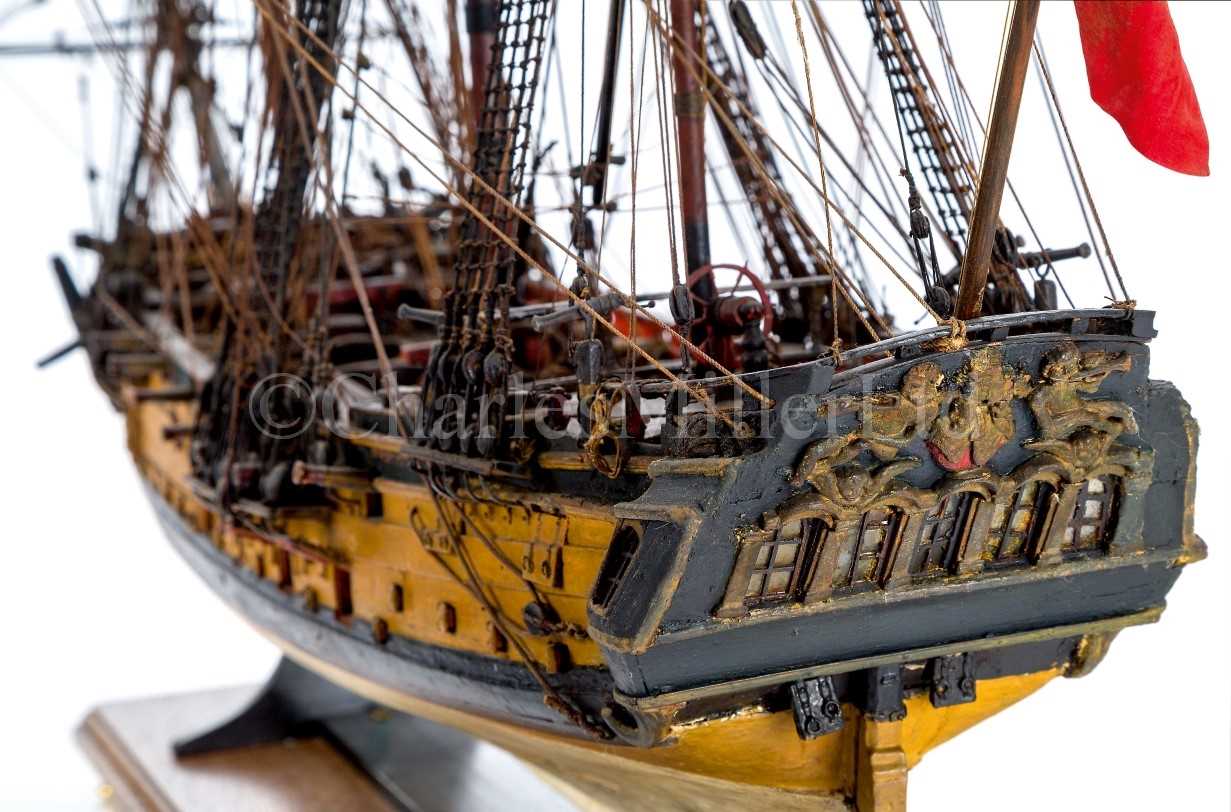I am having a real problem with some historical accuracy questions regarding white hulls below the waterline on English warships. My understanding of the history is that the Admiralty suspected that white lead might stop Teredo worm, and as an experiment, white leaded the hull of Endeavour's longboat ( I think,...it doesnt matter)_ for Cook's South Pacific voyage of 1769-1771... when he went to Tahiti, New Zealand and Australia. His journals reveal that after 6 (?) months away he found that the white leaded boat was perfect and the others were full of worm. After he reported this to the Admiralty in 1771 they decided to paint white lead where it was important enough as it was expensive to do. ...So by that history, there were not any white bottoms before 1771-2 approx. This makes the popular Bounty ( 1784) models as white "possible" if not proven. In the case of "Revenge" by the legendary Chris Watton as one of the Amati Victory series, the white hull is 100 years before time in 1577 . I can only think this is a commercial choice by Amati rather than a modelling choice by Chris Watton. I am thinking about tackling their Revenge knowing that I am not really good enough and wanting the stretch...LOL...I hope there is a researcher out there who can comment on the white bottom question.? I must say I am not as obsessed with historical detail as it might sound..this is just a pretty noticeable question... not something obscure like " how long are your belaying pins..?"
Last edited:









